Leukaemia
Leukaemia is a group of blood cancers that typically begin in the bone marrow, resulting in high numbers of abnormal blood cells. These blood cells, known as blasts or leukaemia cells, are not fully developed.
What is Leukaemia?
Leukaemia, also referred to as white blood cell cancer, is a general term given to a group of cancers that develop in the bone marrow. It originates from developing blood cells that have undergone a malignant change. These cells multiply in an uncontrolled way and do not mature properly, leading to a disruption in normal blood function.
If you're seeking more clarity on the condition, consulting a leukaemia specialist or a blood cancer specialist can help provide a clearer understanding of leukaemia and its impact on overall health.
Types of Leukaemia
Doctors categorise leukaemia based on the types of white blood cell involved (lymphocytes or myeloid cells) and whether the illness develops quickly (acute leukaemia) or slowly over time (chronic leukaemia). The four main types of leukaemia include:
- Acute lymphoblastic leukaemia (ALL)
- Acute myeloid leukaemia (AML)
- Chronic lymphocytic leukaemia (CLL)
- Chronic myeloid leukaemia (CML)

Risks of Leukaemia
The exact causes of leukaemia remain unknown, but several risk factors have been identified:

Age
The risk of developing leukaemia increases with age. Most types of leukaemia are common in adults. However, acute lymphoblastic leukaemia (ALL) is more prevalent in children under the age of 5.

Gender
The main types of leukaemia, including chronic leukaemia, are slightly more common in males than females.

Family History
Having a parent, sibling, or child with certain types of leukaemia increases the likelihood of developing the disease.

Previous Cancer Treatment
Certain chemotherapy and radiation therapies used for other cancers can increase your risk.
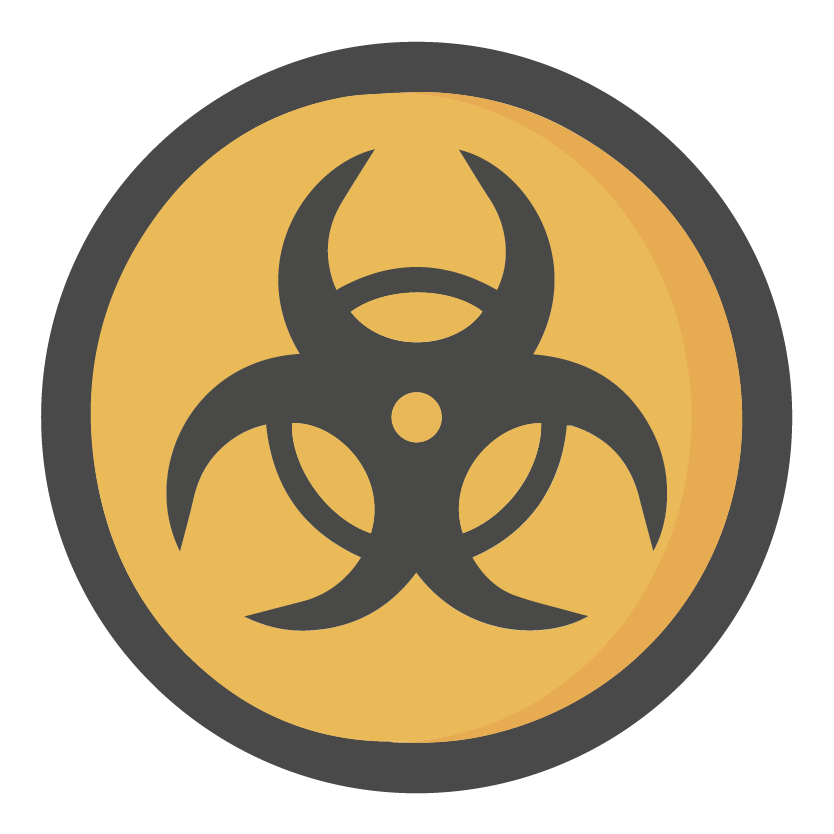
Chemical Exposure
Chemicals like benzene and pesticides may increase your risk of blood marrow cancer.
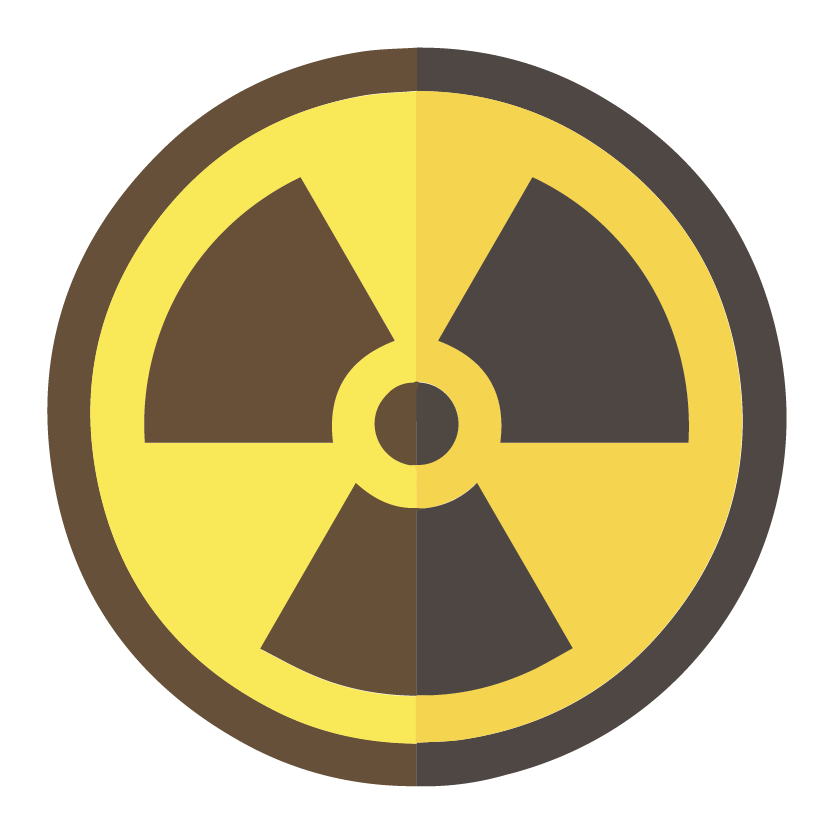
Radiation Exposure
High radiation levels, such as atomic bomb exposure or medical radiation, can increase the risk.
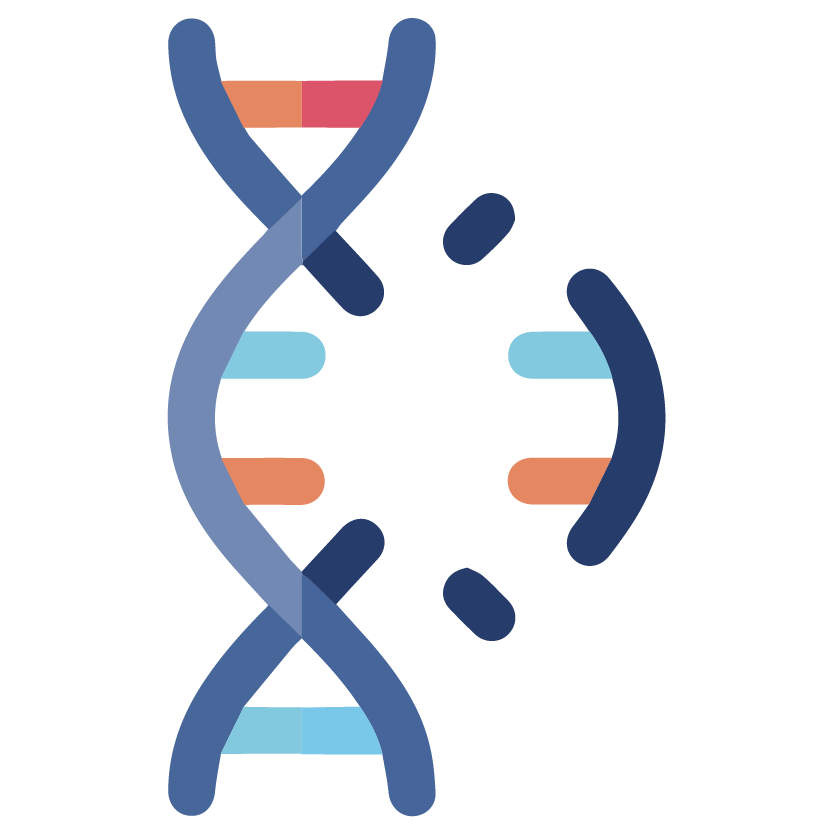
Genetic Disorders
Conditions like Down syndrome, Fanconi anaemia, and Bloom syndrome heighten the risk.
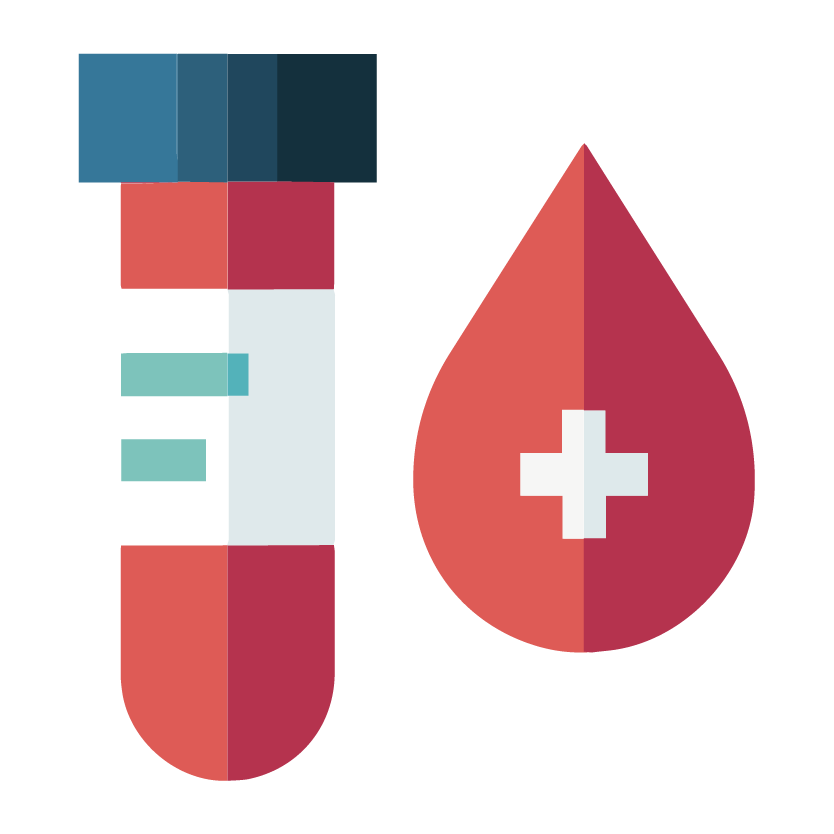
Certain Blood Disorders
Disorders like myelodysplastic syndromes may raise the risk of leukaemia.
Understanding these leukaemia risk factors can help individuals make informed decisions about their health.
Symptoms of Leukaemia
The signs of leukaemia can vary depending on the type, including:

Fever or chills

Persistent fatigue and weakness

Frequent or severe infections

Losing weight without trying

Swollen lymph nodes, enlarged liver or spleen
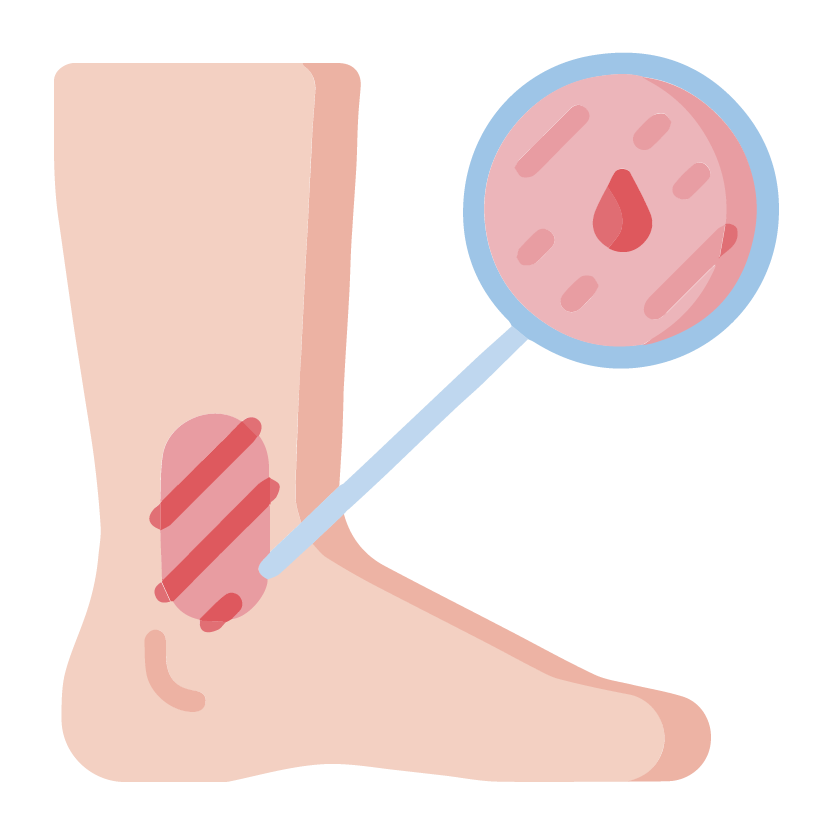
Easy bleeding or bruising

Recurrent nosebleeds

Tiny red spots in your skin (petechiae)

Excessive sweating, especially at night

Bone pain or tenderness
If you are experiencing these symptoms, it is important to consult a blood disorder specialist or leukaemia doctor immediately.
Diagnosing Leukaemia
Here are the common tests and procedures used for diagnosing leukaemia and understanding what causes blood cancer

Full Blood Count (FBC)
A sample of blood is examined to check for abnormal levels of red or white blood cells or platelets, which may suggest leukaemia.

Bone Marrow Biopsy
A procedure to remove a sample of bone marrow from the hipbone using a long, thin needle. This helps detect leukaemia cells and determine the type of leukaemia.
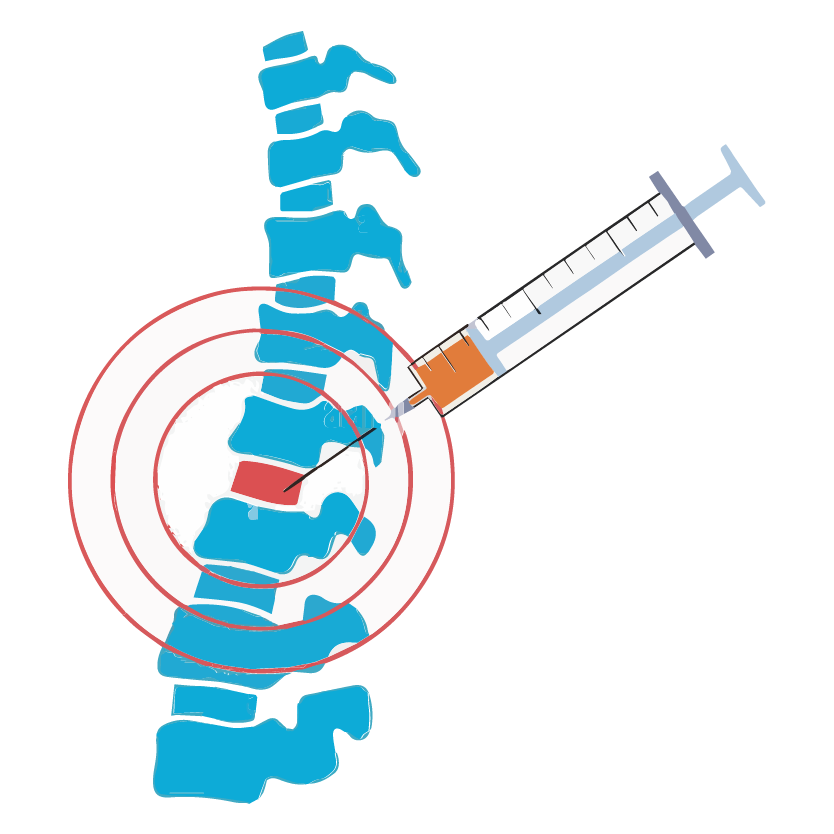
Lumbar Puncture
A sample of spinal fluid is tested to see if leukaemia has spread to the spinal fluid surrounding the brain and spinal cord.
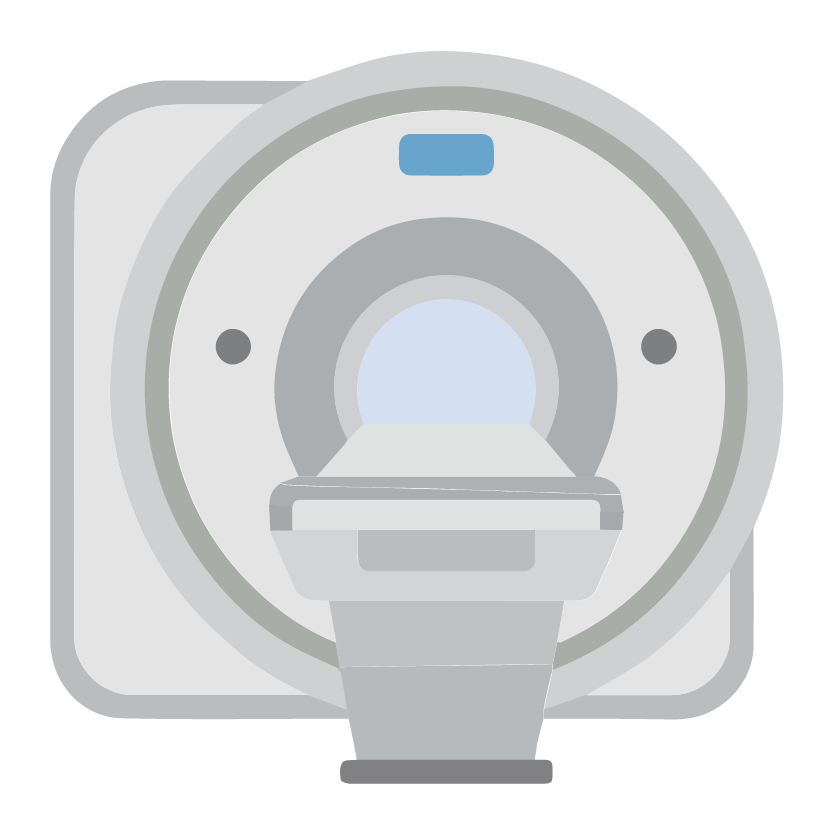
Imaging and Other Tests
Imaging tests like CT scans, MRI, and PET scans help identify if leukaemia cancer has affected organs such as the kidneys, brain, or lymph nodes.
Treatment for Leukaemia
The appropriate treatment for leukaemia depends on the type and stage of the disease. A leukaemia specialist or blood cancer specialist will assess the condition and tailor the best possible approach for care. Early diagnosis and intervention can significantly improve outcomes.
